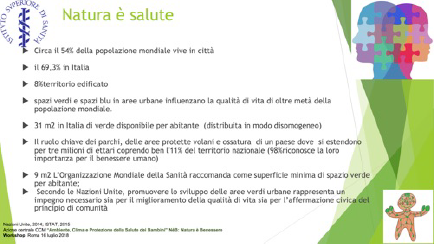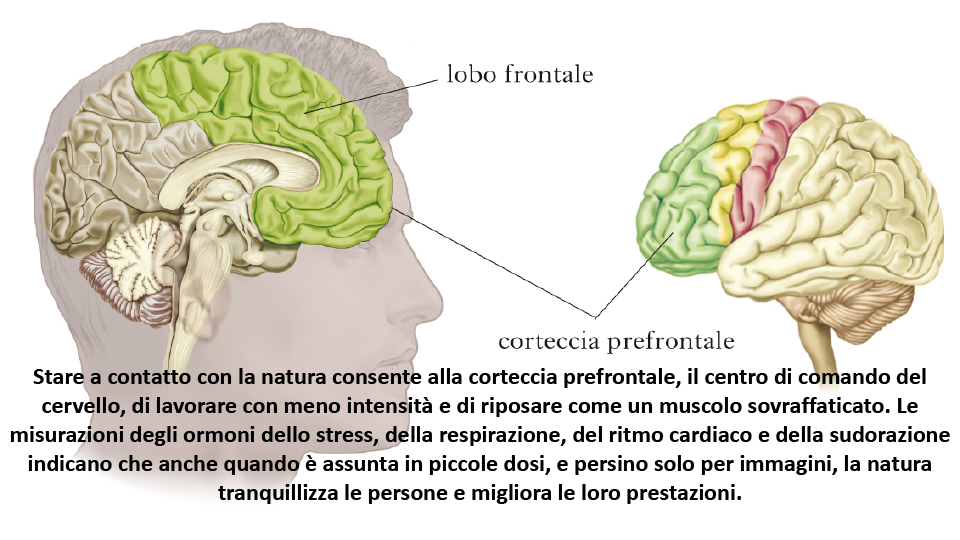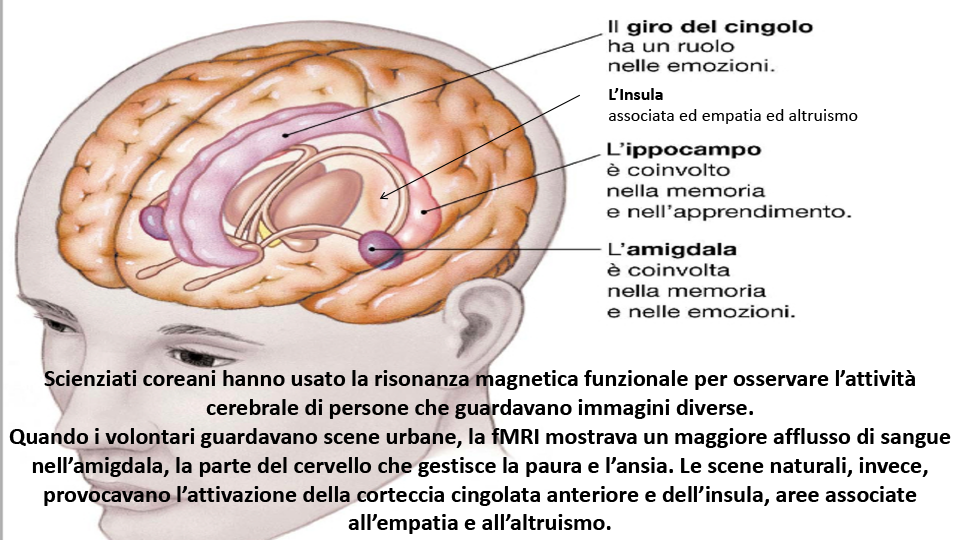A new study reveals that for urban dwellers, spending just 20 minutes with natural elements significantly lowers stress.
Have you heard about “nature pills” and “nature prescriptions”? After repeated studies have concluded that contact with nature reduces stress and improves well-being, doctors have started “prescribing” time spent outside.
But while we know it works, the parameters have been a bit murky: What kind of nature works? How often should one spend time in nature? And for how long? With this in mind, researchers from the University of Michigan set out to discover.
The research is novel in that, among other things, the study participants were free to choose the time of day, duration, and the place of a NE in response to personal preference and changing daily schedules.
For eight weeks, 36 urban dwellers were asked to have a NE at least three times a week for a duration of 10 minutes or more. As the study explains:
“The NE was defined as anywhere outside that, in the opinion of the participant, included a sufficiency of natural elements to feel like a nature interaction. Participants understood they were free to adjust the place, time of day, and duration of the NE in response to changing daily circumstances to best accommodate their goal.”
During a NE, they could sit, walk, or do both – with only a few rules.
“There were a few constraints to minimize factors known to influence stress: take the nature pill in daylight, no aerobic exercise, and avoid the use of social media, internet, phone calls, conversations and reading,” explains Dr. MaryCarol Hunter, an Associate Professor at the University of Michigan and lead author of the research.
To measure stress, levels of the stress hormones were measured from saliva samples taken before and after a nature pill.
What they found was that just a twenty-minute nature experience was enough to significantly reduce cortisol levels. And even better, if you bump that up to between 20 and 30 minutes, cortisol levels dropped at their greatest rate. After that, de-stressing continues, but more slowly. From the study:
“For salivary cortisol, an NE produced a 21.3%/hour drop beyond that of the hormone’s 11.7% diurnal drop. The efficiency of a nature pill per time expended was greatest between 20 and 30 min, after which benefits continued to accrue, but at a reduced rate. For salivary alpha-amylase, there was a 28.1%/h drop after adjusting for its diurnal rise of 3.5%/h, but only for participants that were least active sitting or sitting with some walking. Activity type did not influence cortisol response.”
Hunter says that we know that spending time in nature reduces stress, but until now it was unclear how much is enough, how often to do it, or even what kind of nature experience will benefit us. “Our study shows that for the greatest payoff, in terms of efficiently lowering levels of the stress hormone cortisol, you should spend 20 to 30 minutes sitting or walking in a place that provides you with a sense of nature.”
This is such valuable research because now doctors can have measurable standards for which to prescribe nature pills.
“Healthcare practitioners can use our results as an evidence-based rule of thumb on what to put in a nature-pill prescription,” says Hunter. “It provides the first estimates of how nature experiences impact stress levels in the context of normal daily life. It breaks new ground by addressing some of the complexities of measuring an effective nature dose.”
Imagine skipping the pharmaceuticals and having an effective, low-cost tool of preventative medicine so readily available. With increasing urbanization, sedentary and indoor lifestyles, and a preponderance of screen time, it’s good to know that the road to well-being could be as easy as a walk in the park.
The research was published in Frontiers in Psychology
(https://www.frontiersin.org/articles/10.3389/fpsyg.2019.00722/full) the relationship between the duration of a nature experience (NE), and changes in two physiological biomarkers of stress – salivary cortisol and alpha- amylase.



